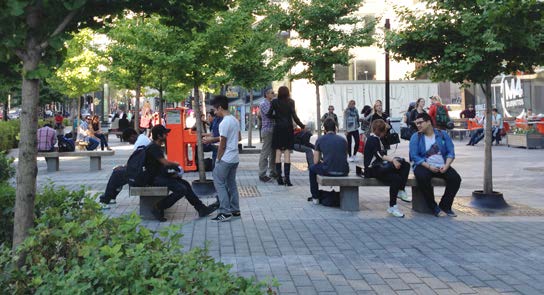Key Design Moves
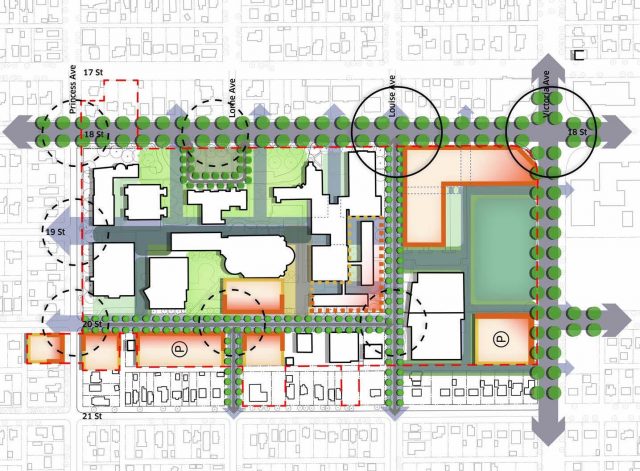
The diagram above reflects a compilation of eight Design Moves for the Campus Master Plan that were derived from input garnered during the engagement process. The Design Moves are key structural components that define the Concept Plan. They illustrate an overall design direction that includes: defining campus edges and accessibility; identifying built form opportunities; creating open space diversity and enhancement; enhancing pedestrianization and connectivity; identifying parking and servicing strategies; and developing a compact mixed-use campus and a unique community destination.
The following looks at each of the Design Moves in terms of defining their contribution to the overall development and enhancement of the Campus.
Improving the Interface and Access to the Campus and Community
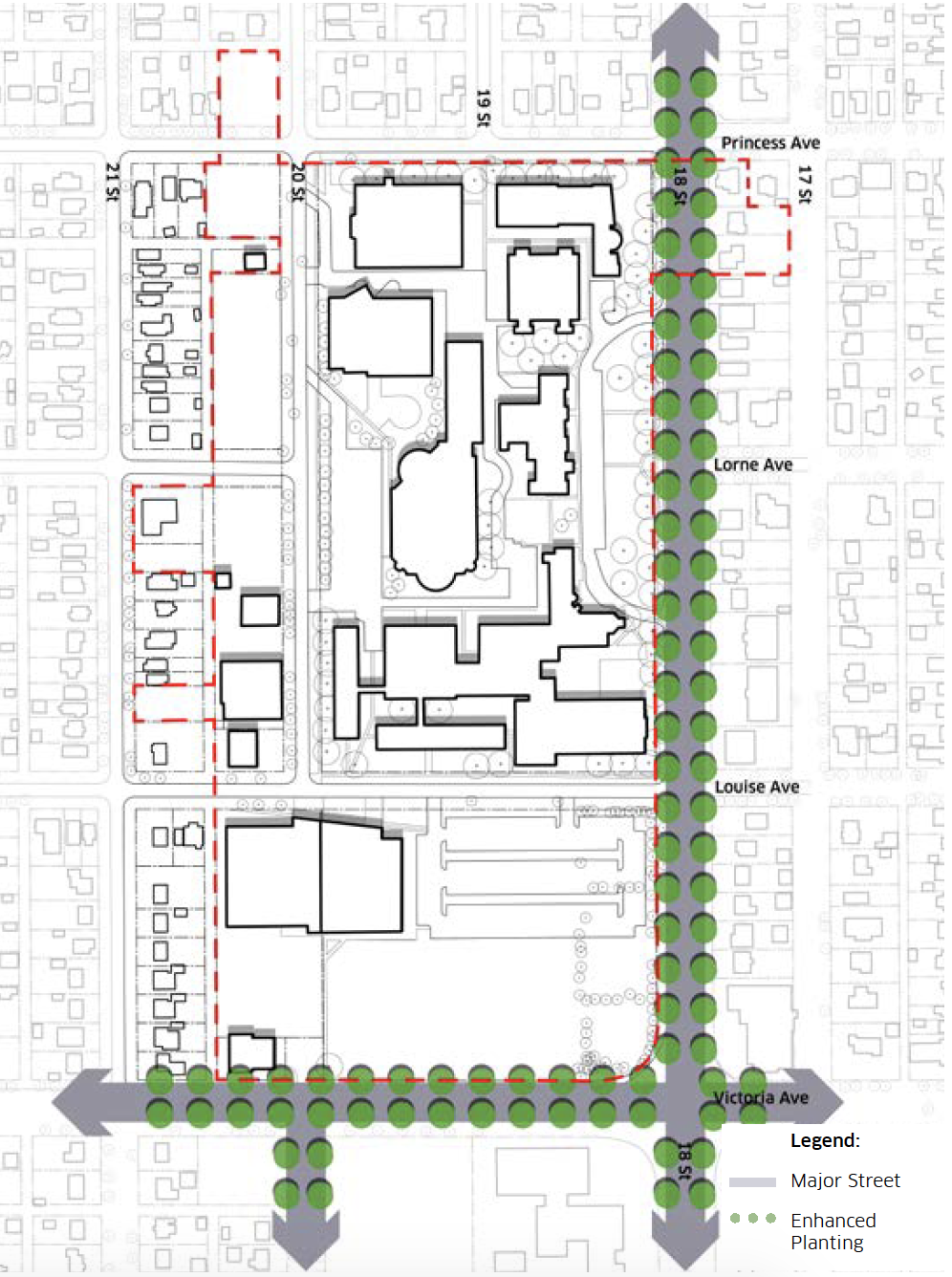
The Campus’ frontages and edge condition will be improved, especially along 18th Street and Victoria Avenue. This will create a more pedestrian-friendly environment and present an improved face to the community that better represents Brandon University. It will highlight the Campus’ high-quality design, unique identity, and presence, and reinforce the identity of the University District.
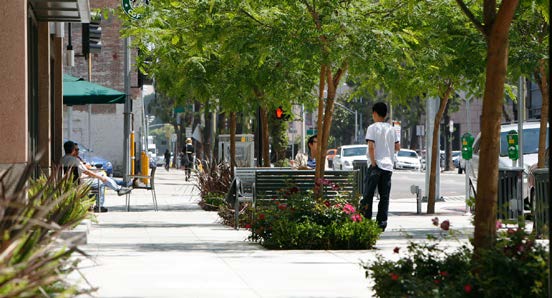
Enhancing Internal Streets

Streets internal to the Campus will be enhanced to create a more pedestrian-friendly environment. For instance: enhancing the tree canopy and plantings along pedestrian walkways and streets; improving sidewalks and walkways; allowing on-street parking on both sides of the street; enhanced pedestrian-scale lighting along pathways; and, improving pedestrian markings at intersections and other potential crossing points. A key aspect of this Big Move is to re-connect Lorne Ave to 20th Street, creating two distinct development blocks and an additional connection point to the residential areas to the west.
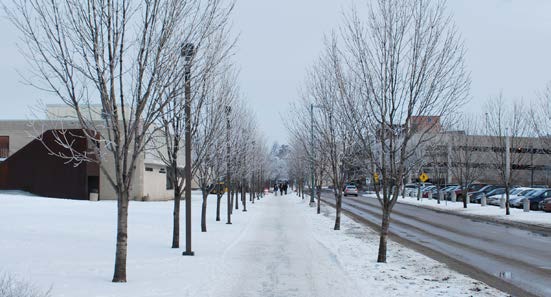
Defining Gateways to a University District
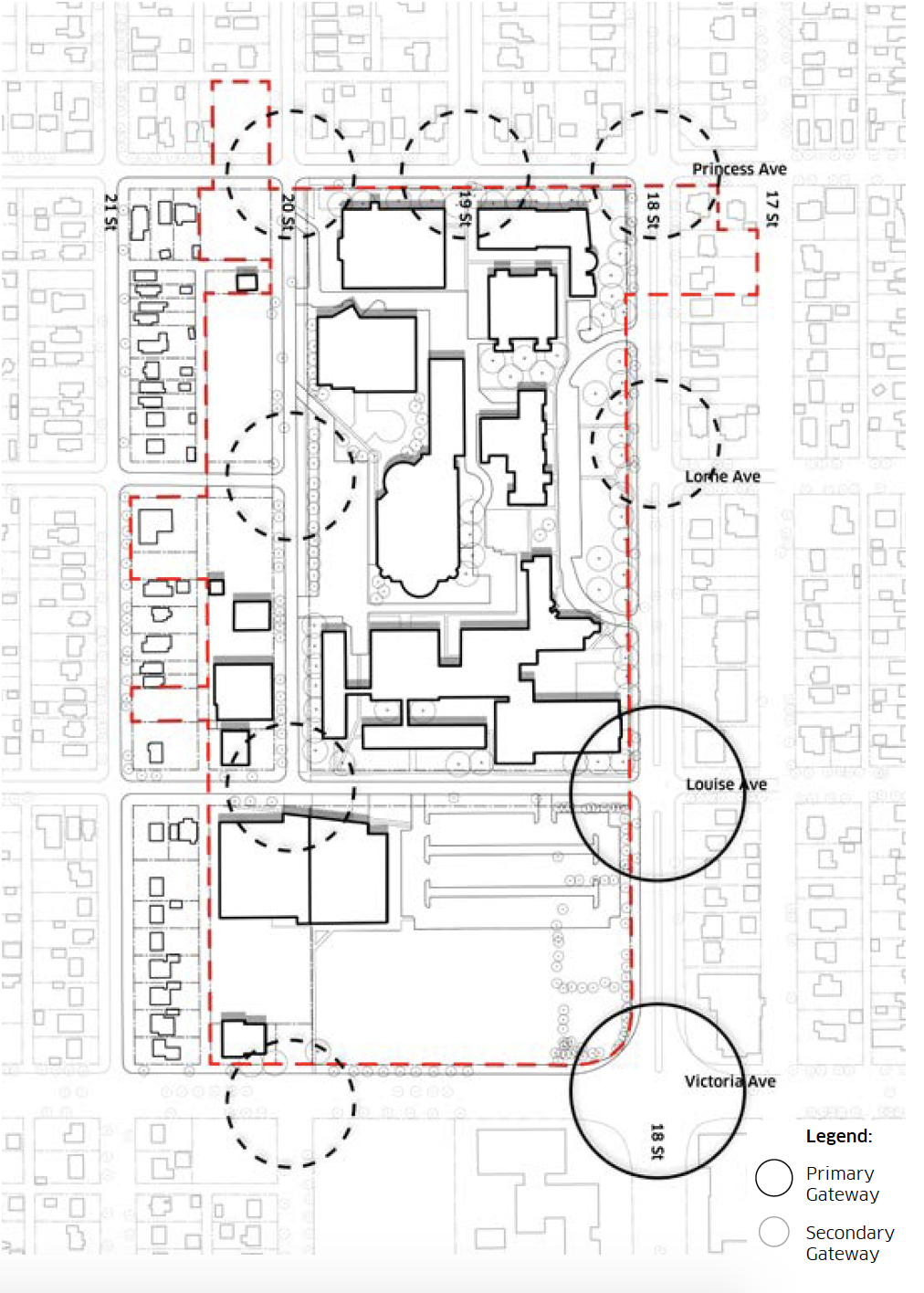
The sense of entry to the campus will be improved, for pedestrians and vehicles, by defining a hierarchy of gateways to the campus. This can include emphasizing the architecture and design of new buildings at gateways, including public art in open spaces, and well-marked pedestrian crossings. These initiatives help to reinforce the Campus’ identity, presence, and sense of place, improve people’s experience of it, and facilitate safe connections to surrounding areas.
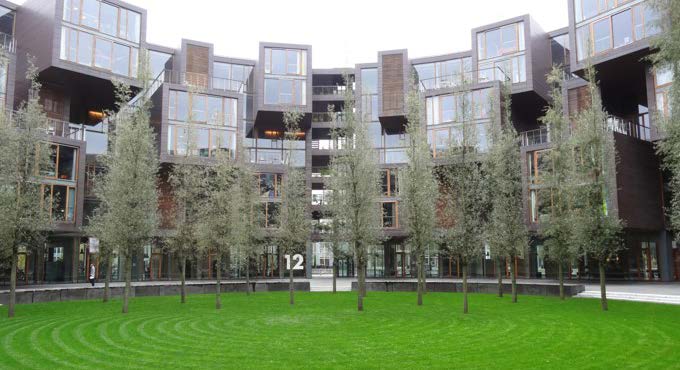
Defining Soft Sites For Development
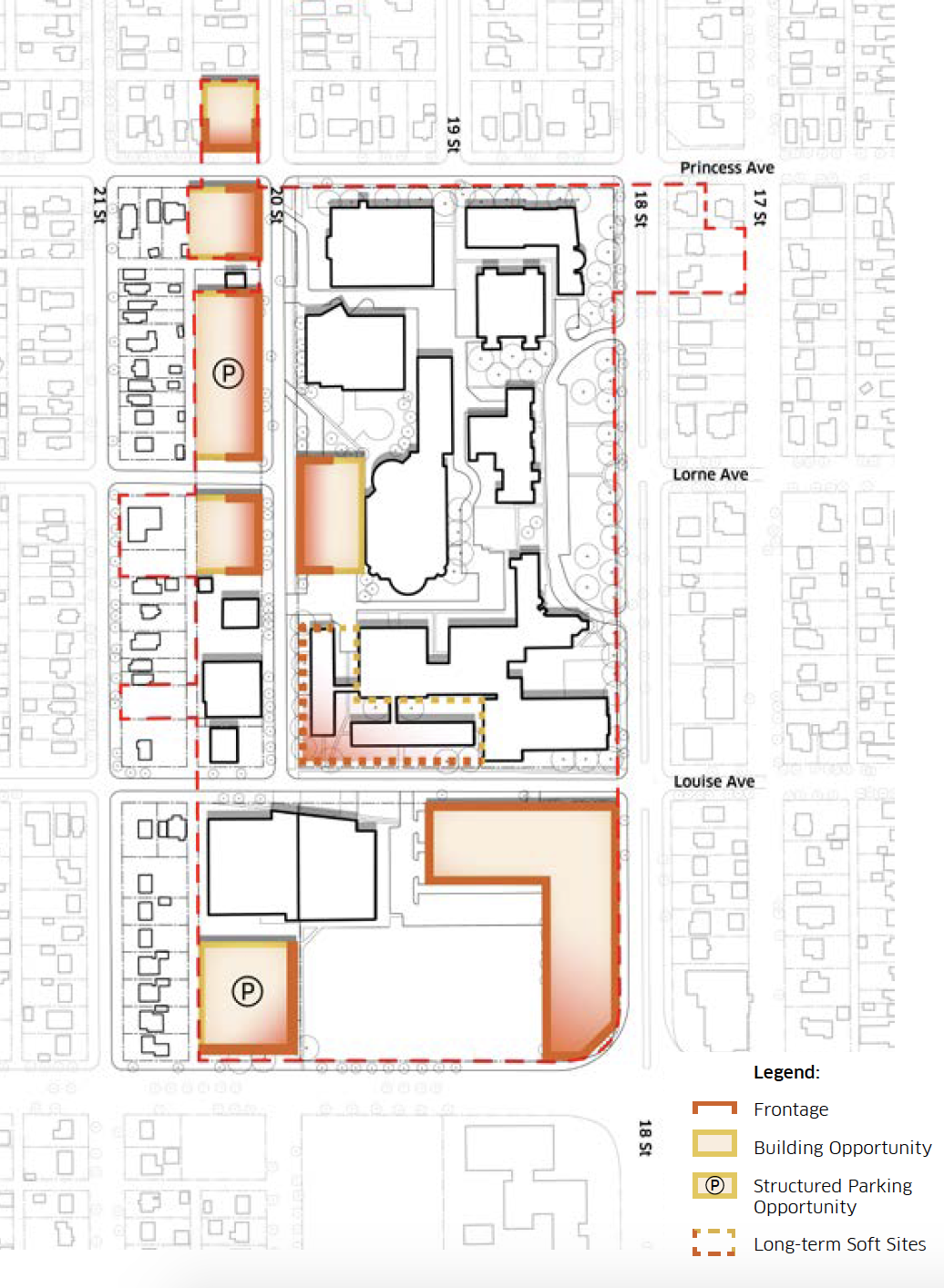
Soft sites are opportunities for new building development on campus. The Plan proposes a series of new buildings primarily along the west and south areas of the Campus for the purpose of: defining and framing existing and new open spaces, streets, and pedestrian linkages; expanding academic space and diversifying uses on campus; providing structured parking and below grade parking; creating gateway and landmark features at key locations; and, fostering iconic architecture.
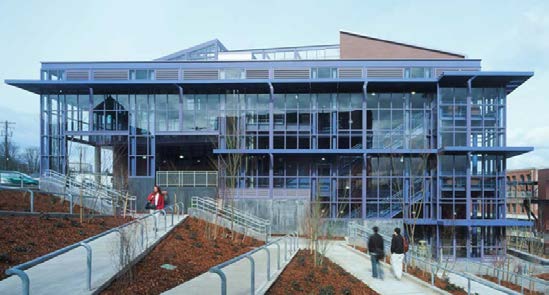
Creating Purposeful Open Spaces
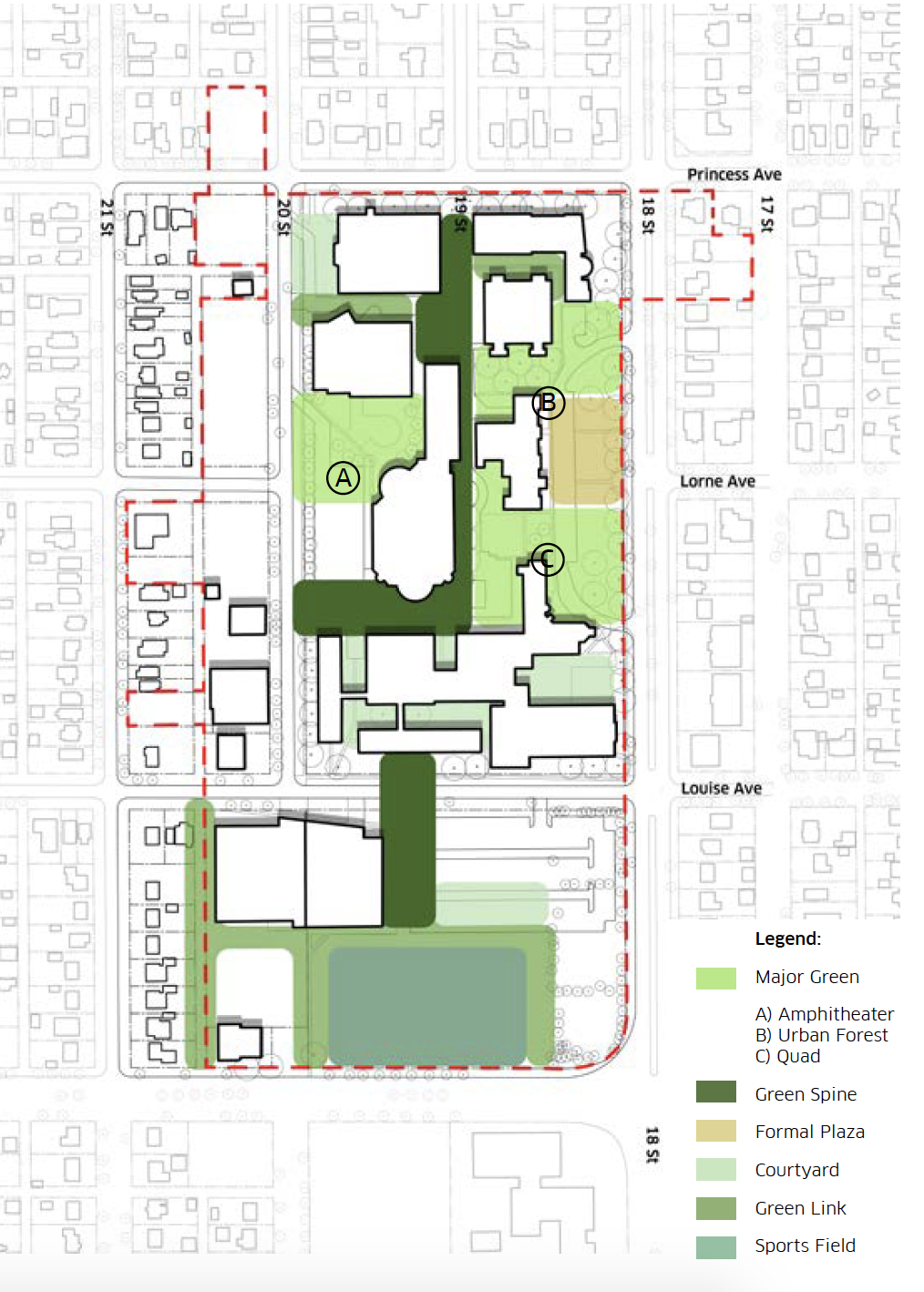
The open space network on campus is rationalized to provide a clear structure of spaces with correlated uses and functions that meet a diversity of needs. A key aspect of this approach is to bring back some of the elements of the Campus’ original design that have been eroded by surface parking lots. This includes creating a central green spine. Other open space opportunities include defining three major green spaces of distinct character at the centre of the Campus, and connecting different areas with green linkages.
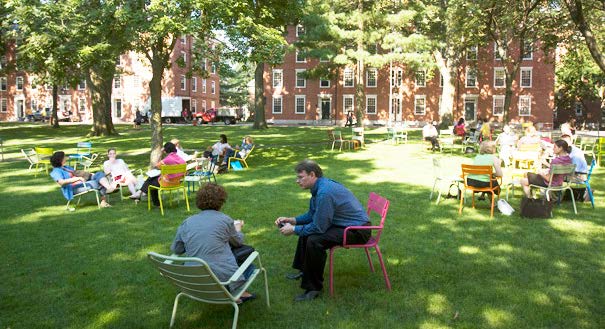
Improving Pedestrian Linkages

Pedestrian movement routes will be expanded and rationalized so they are legible, intuitive to navigate, and inviting and welcoming for pedestrians. This may involve a number of initiatives, such as: extending linkages to new and existing destinations internally, including the south campus area, and externally, including the BU Downtown Campus and the Fleming School site; emphasizing the prominence of the Campus’ central spine as a movement corridor; improving landscape design in terms of planting, paving, and lighting. Pedestrian linkages within connect to broader movement networks such as Princess and Lorne Avenue, to improve the Campus’ physical integration with the city.
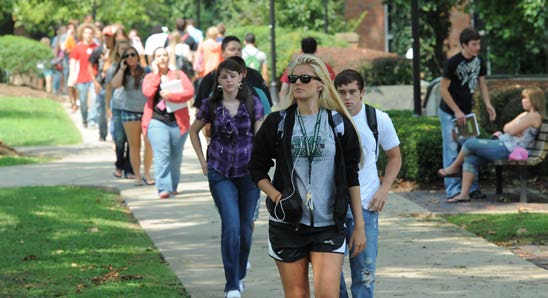
Defining a Parking and Servicing Strategy
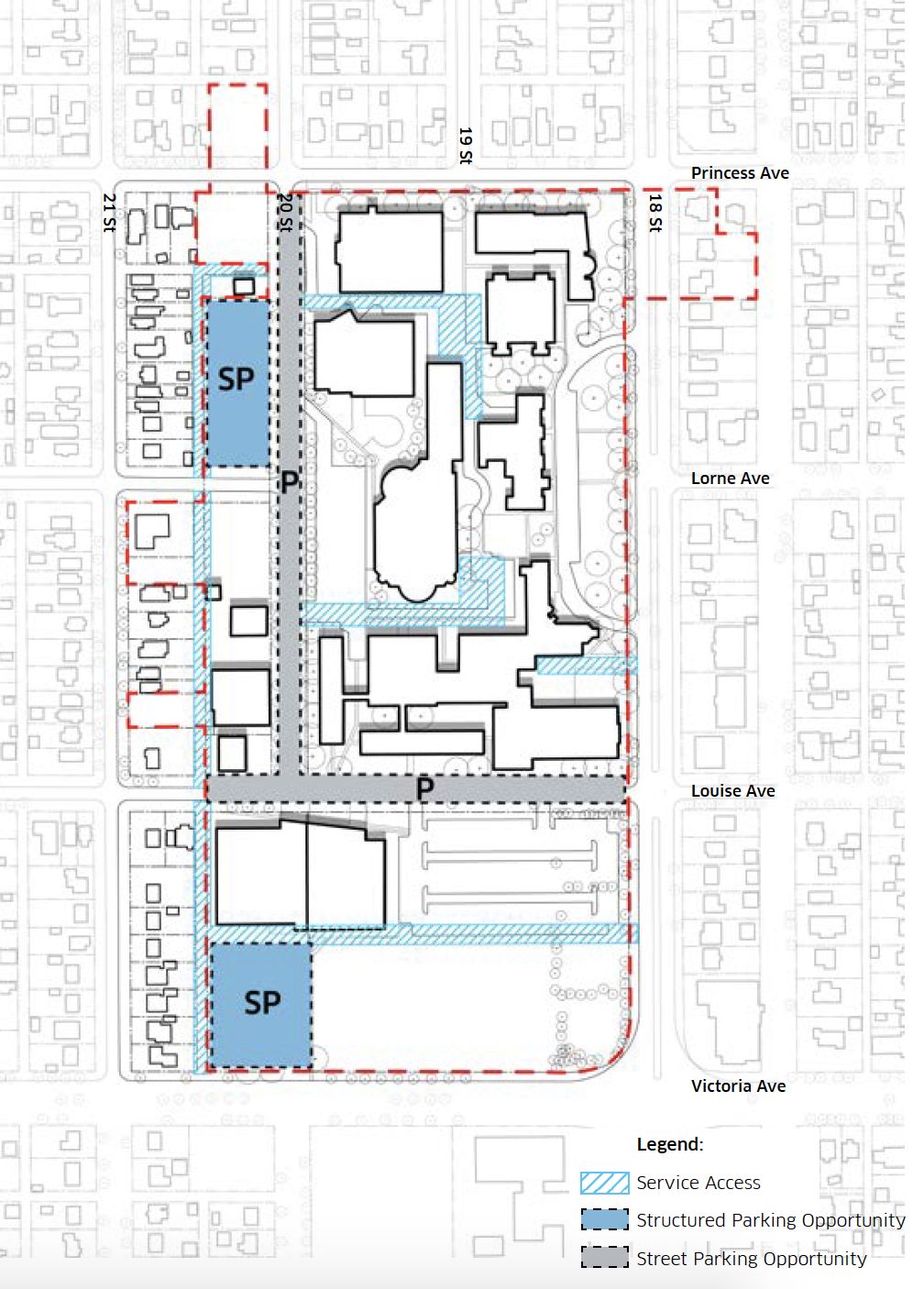
One of the key Big Moves for the Plan is to define purposeful open spaces and an overall pedestrian-oriented environment on the Campus. While this is a key priority, access for service vehicles to existing and proposed buildings will be maintained. This can be accomplished through the design of internal campus spaces to demarcate areas for vehicles while facilitating the free flow of pedestrians.
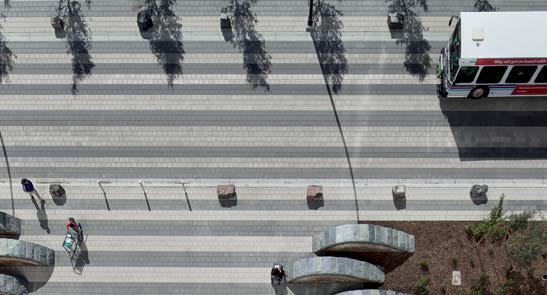
Creating a Mixed-Use Campus

Creating a mix of uses allows for a more complete experience where all aspects of the Campus are enjoyed and used by the University, the community, and the city. For example, this includes having amenities in all areas of the Campus that are highly accessible in order to draw the community in from all sides. There was also a recognition to identify opportunities to locate specific uses and amenities to support the Indigenous Community throughout the Campus and foster Indigenous placemaking.
